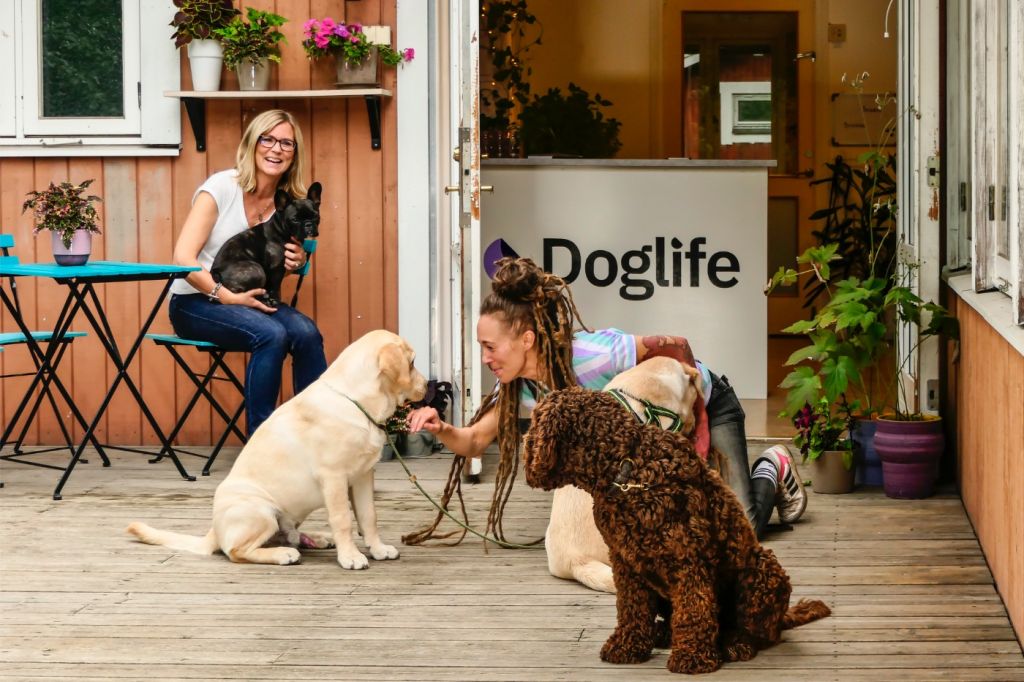You just used a dog sitter and want to know if you should tip them. This quick guide will tell you if tipping is standard and how much is typical to give a dog sitter.
Tipping dog sitters is not required but appreciated for good service. If you decide to tip, a common guideline is to offer 10% to 20% of the total service fee or a flat amount of $5 to $20 per day. The exact amount may vary based on the quality of care and any additional tasks the sitter has undertaken.
Remember that sitters do not typically expect a tip, but if you feel they've done an exceptional job taking care of your furry friend, a tip can be a strong expression of appreciation for their dedication and hard work.

When it comes to showing appreciation for your dog sitter's attentive care, tipping is a gesture that can express your gratitude. The amount, whether in cash or other forms, often reflects your satisfaction with the service provided.
Typically, people consider 15% of the pet sitting fee as a standard tip for a dog sitter's good service. This aligns with broader service industry standards.
However, if 15% is above your budget, tipping between 5% to 10% is also quite common and is nonetheless appreciated by dog sitters. You may choose an amount that feels right to you and fits within your budget.
Beyond a monetary gesture, you might also consider alternative ways to show your appreciation, such as:
Offering a gift card to a local coffee shop or pet supply store.
Giving a personalized gift especially if you know their tastes or needs.
Remember, while tipping in cash or as a gift card, it's the thought and the recognition of their diligent work that truly counts.
When considering tipping your dog sitter, certain occasions merit the appreciation shown through an extra sum for their dedication and hard work.
| Service Quality | Suggested Tip |
|---|---|
| Satisfactory Service | 10-20% of service fee |
| Above & Beyond | 15-25% more |
| Holiday Season | Consider a higher tip |
| Special Needs Care | Adjust tip accordingly |
Remember, these are guidelines, and any tip given should align with your financial comfort and satisfaction with the service provided.
When you engage the services of a dog sitter, your primary goal is to ensure your pet is happy and comfortable in your absence. Tipping is often seen as a gesture of appreciation for services rendered; however, there are situations where tipping may not be necessary or appropriate.
| Service Expectation | Tip Consideration |
|---|---|
| Quality care | Tip if met |
| Poor performance | No tip necessary |
Agency Policy: Some businesses have a no-tipping policy. Always check with the agency regarding their guidelines. If a "no-tip" policy is in place, respect their rules—this will be appreciated.
Example:
"Does your agency accept tips for dog sitting services?"
Inclusive Rates: When the rate charged is comprehensive and accounts for the caretaker's time and expertise, you are not required to provide additional gratuity.
Inclusive Rates:
Remember, a tip is a bonus for exceptional service, not a mandatory part of a dog sitter's income. If you feel your furry friend received outstanding care, a tip is a wonderful way to show your gratitude. Conversely, if you did not find the service up to par, it is within reason to withhold a tip. Always base your decision on the quality and satisfaction of the services received.
When considering tipping your dog sitter, you're likely curious about their usual compensation and whether gratuity forms a significant part of their income. This section explores these aspects to help guide your decision on tipping.
Dog sitters' earnings can vary widely based on factors like location, experience, and the services they provide. Typically, they may charge a flat rate per day or hour. For instance, a dog sitter might earn around $25 to $30 per day for their services, or slightly more for additional tasks like dog walking.
Tipping is generally not mandatory, but it is a welcomed gesture of appreciation for your dog sitter's dedication and care. Unlike some service industries where workers rely heavily on tips to supplement their earnings, dog sitters typically do not depend on tips as a primary source of income. However, a gratuity can, at times, help them with overhead costs associated with their service, such as travel expenses.
When considering tipping your pet sitter, certain occasions may warrant an additional show of gratitude. These instances reflect the high demand for pet care providers during specific times of the year.
Holidays & Major Holiday Periods: During holidays like Christmas or Thanksgiving, you might consider offering a higher tip to your dog sitter as a gesture of appreciation for working on a day when most are spending time with family. A common practice is an extra half-day to a full-day's pay.
Peak Vacation Times: Similarly, peak times such as summer breaks or spring vacation seasons, when demand for pet care skyrockets, tipping above the standard rate can be a nice way of saying "thank you" for their availability and dedication.
Special Events: If your dog sitter has gone above and beyond during a special event, such as your wedding or a large family gathering, recognizing their extra effort with a larger tip can show your appreciation for their flexibility and commitment.